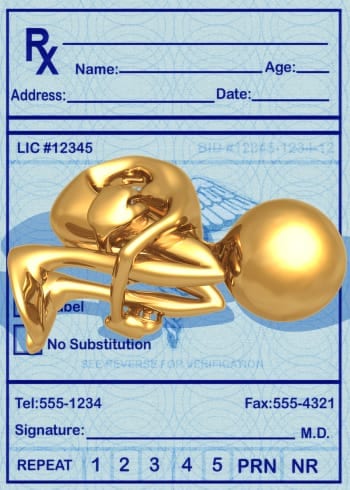People addicted to the powerful drugs and medications called opioids typically need treatment in a program aimed at addressing and overcoming the effects of these narcotic substances. However, in some cases, addicts wishing to enter treatment for opioid addiction must wait until spaces in the appropriate programs open up. In a study published in 2013 in the Journal of Addiction Medicine, a team of Israeli researchers evaluated the changes in mortality rates that occur when opioid addicts must wait for treatment, rather than entering care as soon as possible.
Opioid Addiction
Opioid addiction can potentially occur in anyone who takes an opioid medication or uses an illegal opioid drug. This is true because both medications and drugs classified as opioids produce essentially the same addiction-supporting changes inside the brain, particularly when taken for extended periods of time. Medication users can largely eliminate their addiction risks by following the prescription guidelines issued by their doctors. In some cases, long-term medication users come to depend on their prescriptions in order to function in everyday life. However, this dependence differs from opioid addiction. In addition to developing opioid dependence, opioid addicts develop persistent drug cravings, arrange their lives around the goals of obtaining and using opioids, and regularly fail to control or reduce their drug intake.
Opioid Addiction Treatment
Opioid treatment programs typically address the effects of opioid addiction with a combination of medication, participation in counseling or therapy sessions, and establishment of a family- and friend-based support network. The medications most commonly used in opioid addiction treatment are buprenorphine, methadone and naltrexone. Buprenorphine and methadone are opioid substances themselves; however, they don’t present the same level of addiction risk as that associated with medications such as oxycodone or morphine, or illegal drugs like heroin. In a properly monitored program, an addict can take either of these medications to reduce his or her overall level of reliance on opioid substances and avoid the highly unpleasant effects of opioid drug withdrawal. Naltrexone is an anti-opioid medication that blocks the brain’s access to narcotic intoxication; doctors sometimes combine this medication with buprenorphine in an effort to reduce any risks for inappropriate buprenorphine use. Some people receive these medications for relatively short amounts of time, while others take them on a long-term or ongoing basis.
Effects of Delayed Treatment
In the study published in the Journal of Addiction Medicine, the Israeli research team reviewed the records of 608 people who sought methadone-based treatment for opioid addiction between 2002 and 2009. All told, 366 of these individuals received relatively rapid admission into an appropriate treatment program, while 242 of these individuals did not gain rapid access to a program and were subsequently placed on a waiting list for future program entry. The researchers compared the mortality rates between these two groups within a two-year period after receiving or failing to receive admission to opioid addiction treatment. They also compared the longer-term mortality rates for both groups. At the end of two years, the opioid addicts who remained on waiting lists for program entry had a mortality rate that was almost 12 times higher than the rate among the opioid addicts who gained rapid access to a program and commenced methadone-based treatment. However, when the researchers looked at longer-term survival rates, they concluded that opioid addicts who receive quick admission into a treatment program die at essentially the same rate as opioid addicts who must wait for treatment for extended amounts of time.
Significance and Considerations
Because of the steep rise in the short-term mortality rate among opioid addicts who don’t quickly receive the treatment they need, the authors of the study emphasize the need to increase the availability of treatment for opioid addiction as soon as possible. As part of their work, the authors also detailed the main reasons opioid addicts don’t enter treatment when program slots do open up. In descending order of frequency, these reasons include loss of contact/communication with program administrators, self-reported cessation of opioid use, lack of willingness to follow the guidelines set forth by available programs, incarceration, and death prior to the onset of treatment. In addition, some addicts disqualify themselves by participating in some form of overtly violent conduct.

